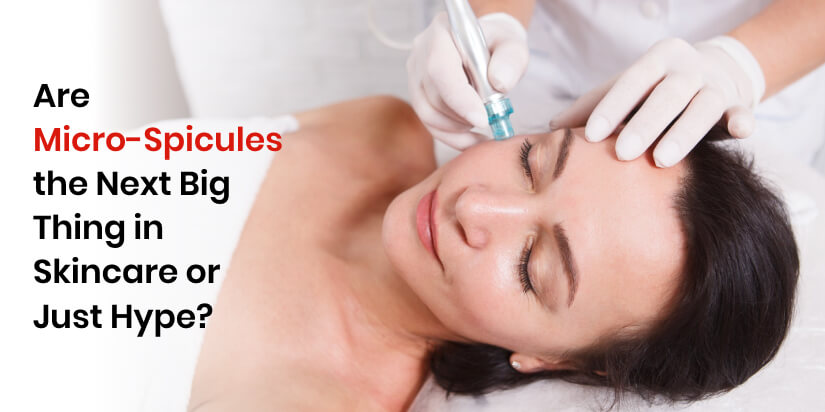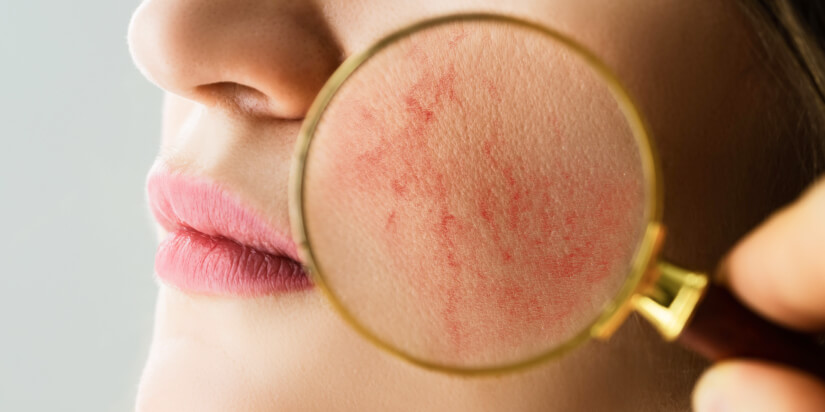Microneedling, once reserved for dermatology clinics, has found its way into everyday skincare through products featuring micro-spicules. These tiny, needle-like crystals promise to mimic the glow, collagen boost, and skin renewal of professional treatments—without the needles or downtime. But do they really live up to the hype? Let’s unpack the science and hear what experts generally agree on.
What Exactly Are Micro-Spicules?
Micro-spicules are microscopic, needle-like structures often derived from marine sources. They work by creating tiny channels in the skin’s surface, which helps active ingredients penetrate deeper. This gentle “stimulation” encourages collagen production and skin renewal, similar in concept to traditional microneedling but less invasive.
However, because these micro-channels disrupt the skin’s barrier, it’s important to follow up with calming and hydrating skincare to avoid irritation.
Are Micro-Spicules Safe for Everyone?
The safety of micro-spicule products depends largely on your skin type and how often you use them. Since they act as a physical exfoliant, they can be abrasive and may cause irritation or tiny microtears, especially for sensitive or already inflamed skin.
Many experts caution that while these products can provide a mild exfoliating effect, they shouldn’t be seen as a replacement for professional microneedling treatments. Those clinic procedures involve controlled depth and precise delivery of active ingredients, which topical products simply can’t match.
What to Expect from Micro-Spicule Skincare
Users often report an initial prickly sensation when applying micro-spicule serums, which can be surprising, especially for those with sensitive or reactive skin. This sensation may sometimes lead to irritation or redness, particularly if the skin barrier is already compromised.
Some find that pairing these products with calming masks and gentle skincare afterward helps to soothe discomfort and makes the experience more tolerable. Over time, users may notice a slight improvement in skin brightness and smoothness, although it can be difficult to determine whether these effects stem directly from the micro-spicules or from accompanying hydrating products.
Compared to professional microneedling treatments, micro-spicule skincare tends to offer a more subtle, gradual effect rather than dramatic or transformative results.
Is It Worth Trying?
The general consensus among skincare experts is cautious. For sensitive or acne-prone skin, these products may do more harm than good. But for those who tolerate them well and use them sparingly, micro-spicule skincare could offer a mild boost to your routine.
They shouldn’t replace professional treatments or be used daily—think of them as an occasional tool for gentle stimulation rather than a miracle fix.
Final Thoughts
In a market flooded with similar products, micro-spicules stand out as a fresh experiment. While not a full substitute for clinical microneedling, they might offer a middle ground for those curious about needle-free skin renewal. Just remember to patch test, proceed slowly, and listen to your skin.
If you want to stay updated on all the hyped skincare trends in the market; follow Dazzlerr!














